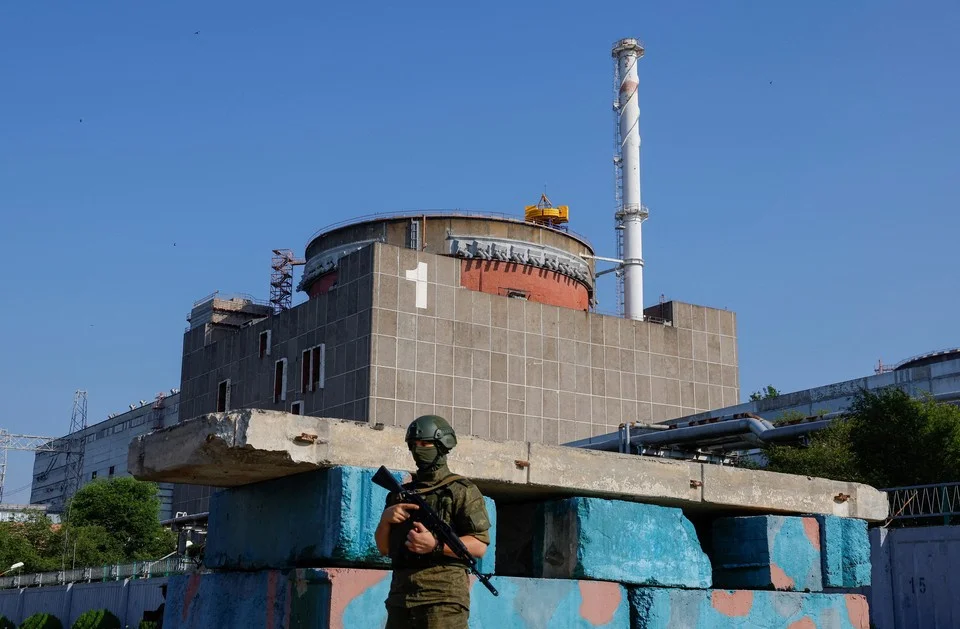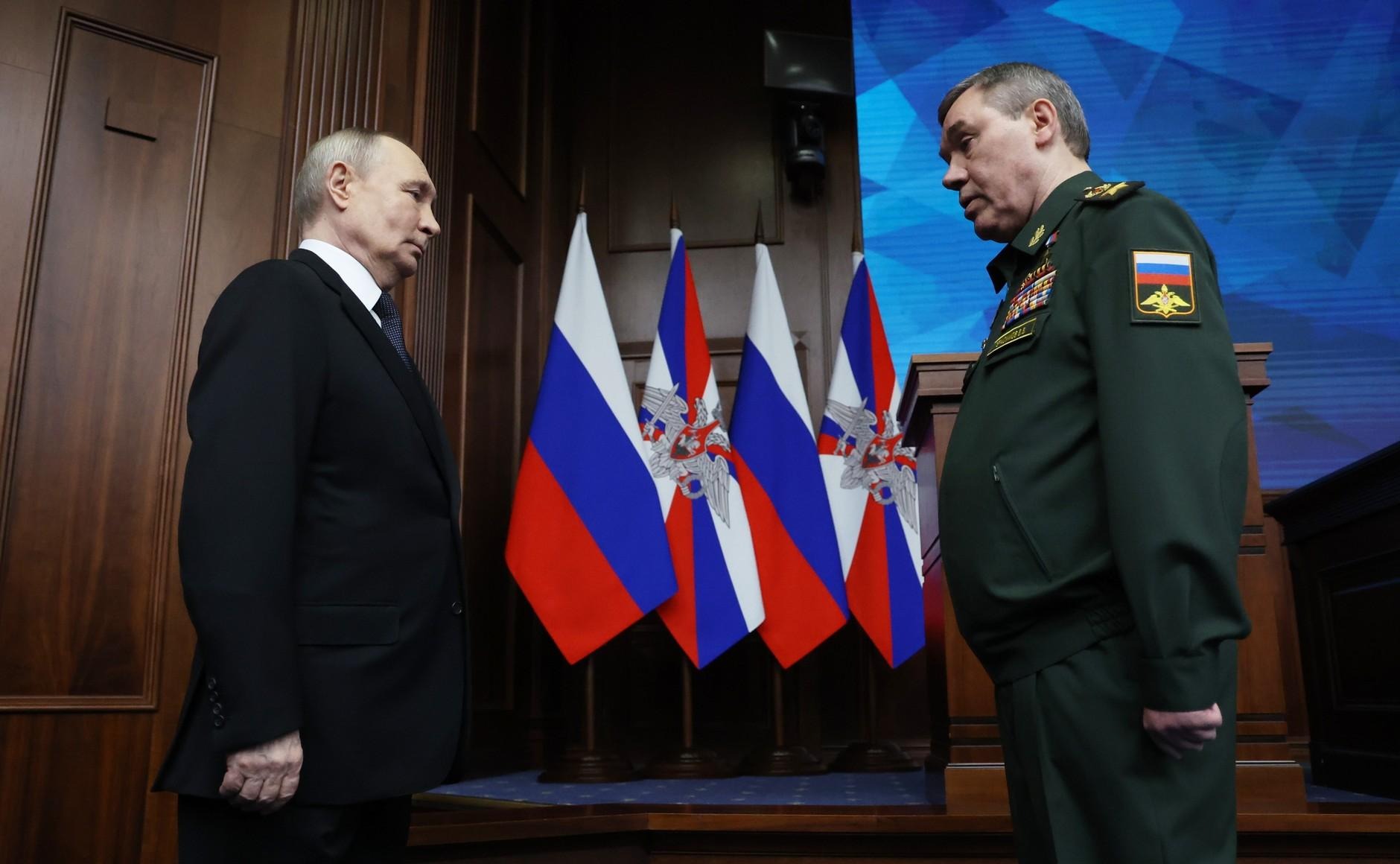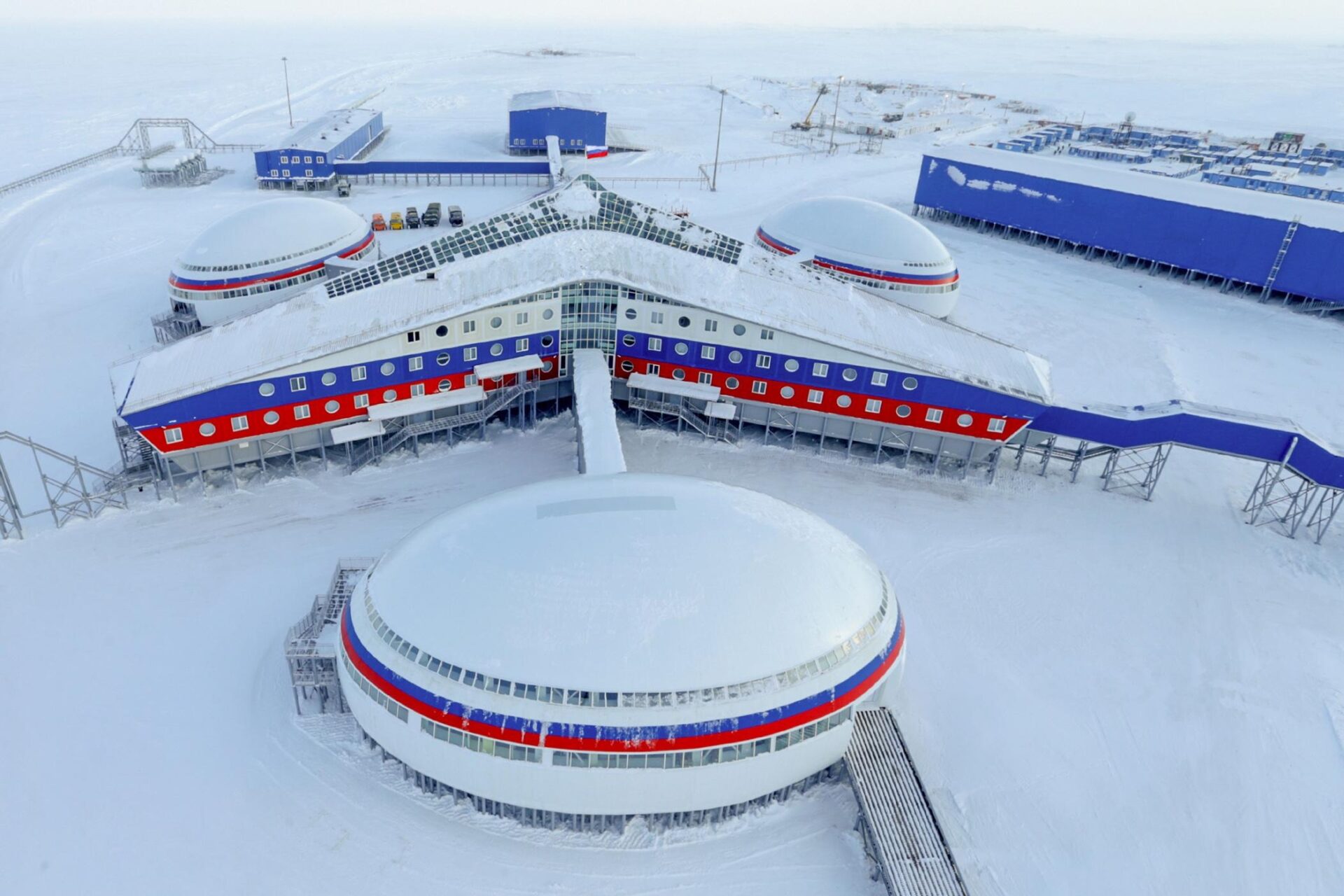
Ukraine Faces New Nuclear Threats Thirty-Nine Years After Chornobyl
Ukraine Faces New Nuclear Threats Thirty-Nine Years After Chornobyl
Executive Summary:
- As Ukraine marks 39 years since the Chornobyl disaster, Russian forces continue to pose new nuclear threats as Moscow’s ongoing war against Ukraine continues.
- Russia continues to occupy Ukraine’s Zaporizhzhia Nuclear Power Plant as officials from the International Atomic Energy Agency warn that frequent drone attacks and gunfire near the site heighten the risk of a nuclear accident.
- Zaporizhzhia Nuclear Power Plant is an area where both Kyiv and Moscow hold leverage over each other in any potential peace negotiations.
April 26 marked the 39th anniversary of the 1986 Chornobyl disaster. A few days prior, on April 24, Ukraine’s Zaporizhzhia Nuclear Power Plant (ZNPP) was surrounded by “loud bursts of gunfire” and a “drone threat” (Energoatom; IAEA, April 24). This is the latest incident demonstrating that nuclear disasters remain a very present threat to Ukraine so long as Russia’s war against the country continues.
Speaking of the 39th anniversary of the Chornobyl disaster, Energoatom head Petro Kotin argued that the risks of radiation accidents remain high at ZNPP because of Russia’s ongoing war against Ukraine. Russia has occupied ZNPP, the largest NPP in Europe, since March 4, 2022 (see EDM, November 22 [1] [2], 2022; Ministry of Foreign Affairs of Ukraine, March 4; Energoatom, accessed April 27). Kotin claimed that Russian forces, who have occupied that plant since the start of the full-scale invasion, have turned ZNPP into a military base and disregarded all international security norms (Facebook/@Energoatom, April 26). Russian Foreign Minister Sergei Lavrov recently claimed that ZNPP is “in safe hands” and is being run by Russia’s state-owned nuclear corporation, Rosatom (Ministry of Foreign Affairs of Russia, April 27).
Moscow has long characterized the Chornobyl disaster, which occurred under the authority of the Soviet Ministry of Energy, as a Ukrainian problem (Kasperski, February 18, 2020). This narrative has allowed Russian officials to question Ukraine’s legitimacy as a civil nuclear power and blame Kyiv for attacking its own nuclear facilities (Davis, October 2023; Interfax, July 12, 2024). Sergey Mironov, a deputy in the Russian State Duma, told the state-owned news agency RIA Novosti on April 26 that “the world community [needs] to do everything to ensure that the Chornobyl tragedy is not repeated due to the fault of insane Ukrainian politicians. In order for the peaceful atom to remain peaceful, it should not be in their hands” (RIA Novosti, April 26).
Mironov’s claims are baseless. Ukraine has played a key role in creating international nuclear safety norms and regulations in partnership with the International Atomic Energy Agency (IAEA) since the 1990s, which in turn have reinforced its status as a trustworthy and legitimate nuclear state (IAEA, 2016). Russia, conversely, has detrimentally affected the nuclear safety situation in Ukraine ever since the start of its full-scale invasion by occupying ZNPP and Chornobyl NPP (which Russian forces later evacuated after suspected radiation exposure) (5.ua; Khvilya, March 30, 2022).
Neither Russia nor Ukraine has claimed responsibility for the drone attacks and explosions that have repeatedly occurred on and near the ZNPP site (IAEA, accessed April 27). ZNPP has not produced electricity for the grid since September 2022 (Ukrainska Pravda; Telegram/@Energoatom, September 11, 2022). The most recent IAEA report on the situation at ZNPP outlines how its team on site has heard “explosions and gunfire at varying distances from the plant almost every day during the past week” (IAEA, April 24). Aside from the gunfire bursts heard by members of the IAEA monitoring team at ZNPP, earlier in April, a drone was shot down near the site’s training center (IAEA, April 17). In February, military activity damaged a powerline that supplies backup electricity to cool reactors and provide other essential nuclear safety and security functions (IAEA, February 20). In August last year, multiple explosions were heard by the IAEA team, during which a drone allegedly struck one of the two cooling towers on site, and a further drone strike hit the road around ZNPP’s perimeter (IAEA, August 11, 17, 2024). In April last year, a drone detonated and physically impacted one of ZNPP’s six reactor buildings (IAEA, April 7, 2024). The training center has repeatedly been subject to military action and drone attacks (IAEA, April 9, 18, 2024). In December last year, a clearly-marked IAEA armored vehicle en route to ZNPP was targeted and severely damaged by a drone that detonated on impact (RBC-Ukraine, December 10; IAEA, December 12, 2024).
Other Ukrainian NPPs have also been subject to drone activity and military action. In February this year, a Russian drone hit Chornobyl NPP’s New Safe Confinement, the shelter which covers Reactor 4—the reactor was destroyed in the 1986 disaster (President of Ukraine, February 14). Earlier in April, several drones were detected flying near the South Ukraine NPP (IAEA, April 10).
Russia is illegally occupying the nuclear facility of a sovereign state. As peace talks to end the Kremlin’s war remain a point of contention between Russia, Ukraine, and the United States, options for the potential transfer of ownership of Ukraine’s NPPs to the United States have been proposed (White House, March 19; see EDM, March 21, May 2). U.S. ownership of Ukraine’s NPPs is intended to serve as the “best protection” against further attacks (White House, March 19). Ukrainian President Volodymyr Zelenskyy, however, appears to have rejected this idea since all Ukrainian NPPs are owned by the state and, thereby, by the people of Ukraine, but that U.S. investment in the NPP is possible and the question remains open as to how to take control of ZNPP away from Russian forces (The New Voice of Ukraine; YouTube/@Social News, March 20). In February, reports circulated that Russia was constructing transmission lines to connect ZNPP to its own electricity grid. According to Oleh Dudar, the former head of ZNPP, “If there is a ceasefire, nothing will prevent [Russia] from pulling the power line to an open switchgear, connecting and synchronizing the power supply of the plant’s own needs from Russia first” (UNN, February 27). Connecting Ukraine’s Zaporizhzhia and Kherson oblasts has been Russia’s goal since at least June 2022 (Sputnik, June 2, 2022).
Russia stands to gain little by occupying Ukraine’s ZNPP, or any foreign NPP for that matter. The only substantive benefit would be electricity produced by ZNPP for Russia or the occupied Ukrainian territories. The Russian-installed director of ZNPP, Yuriy Chernichuk, claimed in January that at least two of the reactors would be used to provide Crimea with electricity (TASS, January 3). This can only occur if Russia successfully establishes the necessary requirements to both restart and operate at generating capacity at least one of the six reactors. All reactors are currently in cold shutdown, meaning that the temperature of the reactor coolant system is below 200 degrees Fahrenheit (U.S. Nuclear Regulatory Commission, March 9, 2021). Researchers have assessed that, aside from ensuring that any new construction projects are not impacted by military action, Russia would need to successfully implement the following (see Bellona, 2024):
- Establish a dependable water supply for cooling the reactors (much more difficult now than before Russian forces destroyed the dam of the Kakhovka reservoir, which previously supplied water to the NPP);
- Build and maintain the security of transmission lines across the warzone it has created;
- Transport and load nuclear fuel supplies from Russia to ZNPP across this same warzone.
ZNPP is an area where both Kyiv and Moscow hold leverage over each other in any potential peace negotiations. Russia stands much more to lose than it does to gain by continuing to occupy the site. Each of these factors is expensive, time-consuming, and nearly impossible to accomplish without being sabotaged by Ukrainian forces—a highly likely outcome given that the geographic area in which these activities would occur is on sovereign Ukrainian territory. Russia has already spent at least 20 billion rubles ($242.3 million) on the management of ZNPP (Bellona, 2024). This is equivalent to about 10 percent of the overall costs, which Moscow has spent on its full-scale invasion of Ukraine (Kyiv Independent, December 9, 2024; see Jamestown, February 24). Including ZNPP as a point of discussion in peace negotiations would afford important leverage mechanisms, as Moscow gains every strategic disadvantage by attempting to again become the central authority of Ukrainian nuclear capabilities.


